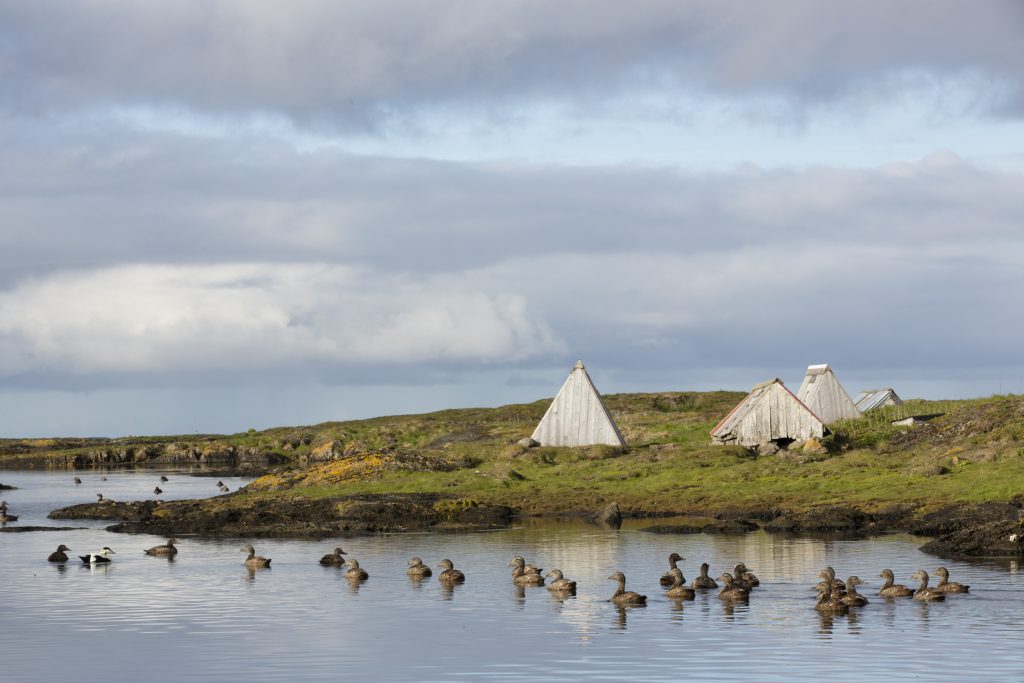Tucked away along the rugged coastline of Norway, the Vega Archipelago is more than just a World Heritage Site. It’s home to a unique coastal tradition where some locals have taken on a role that might sound unusual to the modern ear – bird tenders, guarding eider ducks. These guardians are crucial to preserving both the heritage and the rich coastal culture that has defined the area for centuries.
What Does a Bird Tender Do?
At the heart of the job is the eider duck, known for its luxurious down, which has been harvested sustainably from the nests by locals for generations. As a bird tender, your main responsibility is ensuring the safety of these wild ducks during the nesting season. You become a caretaker and protector, providing safe nesting environments for the birds on the small islands in the archipelago.
Typical tasks include:
- Preparing nesting shelters for the eider ducks, maintaining traditional small huts that provide warmth and protection.
- Monitoring nests to safeguard them from predators like seagulls and minks.
- Collecting down after the birds have finished nesting, a sustainable practice that has been passed down for centuries.
- Maintaining the coastal habitat by preserving the natural environment that supports the bird colonies.

More Than Just a Job: A Piece of Coastal Culture
This isn’t your typical ocean job. It’s deeply tied to the coastal culture of Norway’s northern islands, where people have lived in harmony with the sea and wildlife for generations. Bird tending is part of an old tradition of coastal living, passed down through families, and forms a unique bond between humans and nature.
Being a bird tender means you’re not just working by the sea – you’re actively participating in preserving the delicate balance of an ecosystem. You’ll also be immersed in the slower rhythm of coastal life, one that values sustainability and respect for nature above all else.
How to Pursue This Unique Job
Becoming a bird tender at Vega might not be something you find on a typical job board, but it’s an opportunity available to those passionate about wildlife and coastal conservation.
Here’s how you can get started:
- Connect with local heritage organizations: Start by reaching out to groups involved in coastal conservation and wildlife preservation in the Vega Archipelago. Organizations like the Vega World Heritage Foundation sometimes welcome volunteers.
- Seasonal employment: Extra hands may be needed during the nesting season.
- Learn from the locals: Spending time in the community, listening to stories, and learning the techniques from experienced bird tenders will give you invaluable insight into the job and its cultural significance.
Why It’s an Ocean Job
Though it may seem offbeat, bird tending is an integral part of coastal life and conservation, which connects directly with ocean environments. The eider ducks rely on the nearby waters for food, and their protection supports the broader marine ecosystem. This role offers a unique chance to work closely with the coast and its wildlife while preserving a centuries-old tradition.
So, if you’re seeking an ocean job that’s a little out of the ordinary but full of purpose and tradition, becoming a bird tender at Vega World Heritage Site might be exactly what you’re looking for.

